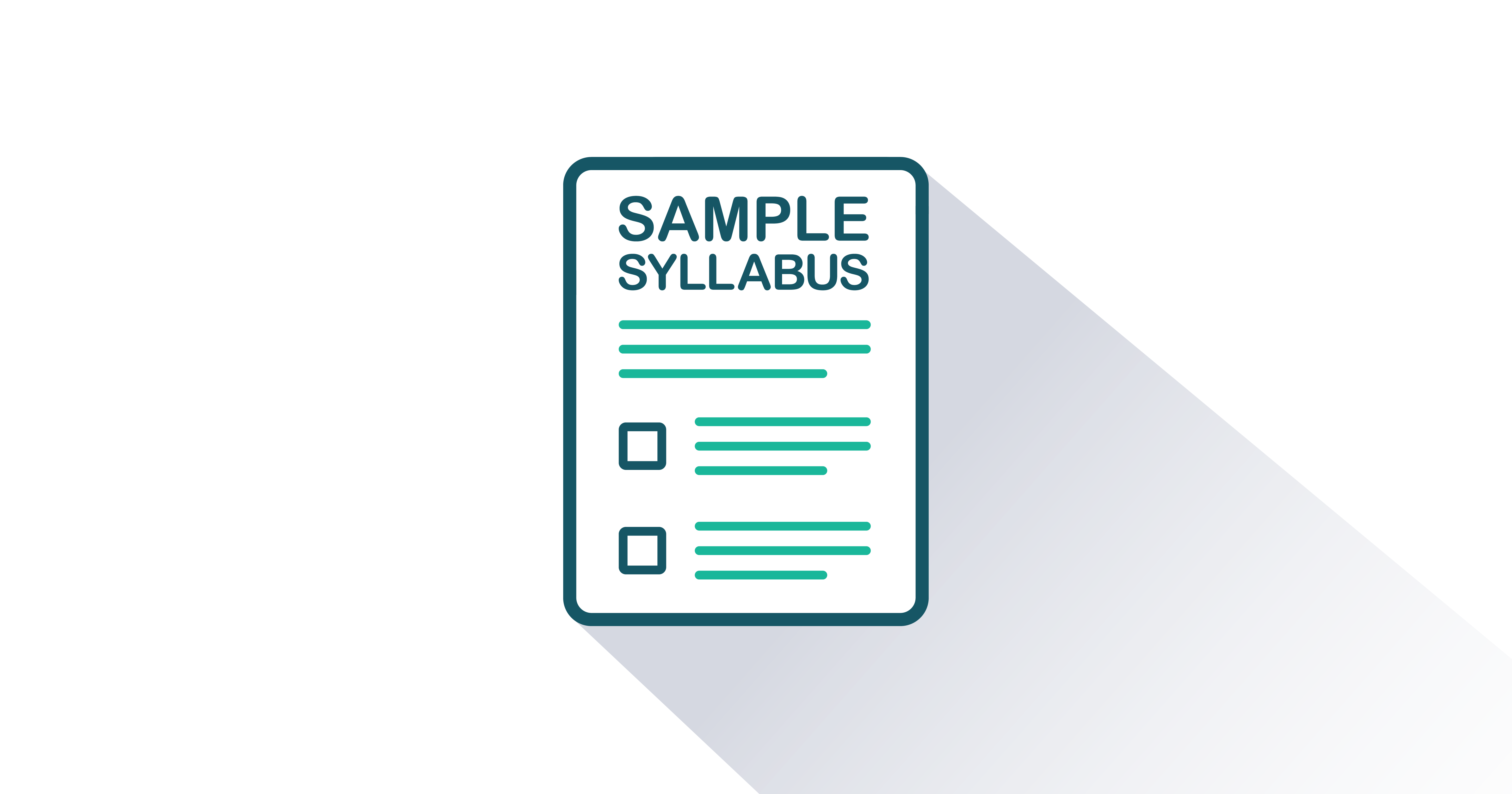- Published
- June 2025
- Page Count
- 300
- ISBN (Digital)
- 979-8-88794-443-2
Leadership Development: Beginning the Journey



Version 1.0
By Jill L. Robinson
Included Supplements
Key Features
- Presents the material within a cohesive framework that encourages emerging leaders to respond to challenges and opportunities in thoughtful, analytical, practical, and ethical ways
- Organized around nine leadership styles (or behaviors) that could increase the odds of a leader’s success in a given situation
- Covers the prevalent and mainstream leadership theories in the context of connective leadership’s emphasis on practical skill development
- In addition to classic theories, also covers recent research and theories, such as free-trait theory (Chapter 6: “Social Style”)
- Written in a readable, story-based voice to capture and hold onto the reader’s attention
- Emphasizes experiential learning and problem-based learning exercises
- Fully reflects how we interact and lead in a post-pandemic world, such as the increase in collaboration overload and loneliness among workers (Section 8.5 and 8.6) and new perspectives on neurodiversity (Section 7.5)
- Over 30 embedded links to streaming videos curated and kept continuously up to date by the author enhance and enrich hybrid and online courses, engage students, further prepare learners for class discussions, and reinforce or augment many of the presented topics
- In addition to highlighting real-life leaders, such as Amanda Gorman (Section 5.1) or Hank Green (Section 10.1), the book offers examples and stories often drawn from familiar situations, such as sports teams or summer jobs
- Supportive learning structure:
- Opening situations are short organizational scenarios and situational factors that call for the leadership behaviors about to be covered
- Pause and Reflect feature immediately follows the chapter opening situation. They also appear throughout the chapter to help students connect described concepts to their own personal experiences
- Learning Objectives that begin each main head section preview the material to come and prepare students to learn
- Discussion features with embedded links to streaming videos and podcasts in each chapter further enhance the book’s theoretical framework, present recent research, and illustrate applications
- Key Takeaways reflect the preceding section’s Learning Objectives and summarize key ideas in bullet-point fashion. Key Takeaways encourage learners to consolidate the information just encountered into a discrete “chunk” that encourages understanding and enhances retention
- Self-Assessments sprinkled throughout reinforce the book’s emphasis on self-awareness, prompt self-reflections, and help the reader build a baseline for personal development
- Case Study in each chapter provides a brief case study with discussion questions for individual or group work with answer guidelines in the instructor’s manual
- Exercises of varying length and complexity appear at the end of each chapter, and some include embedded links to streaming videos with answer guidelines in the instructor’s manual
- Additional exercises are provided in the instructor’s manual
- Chapter Summary recaps main concepts and pulls together the preceding chapters “big picture”
- Customizable
Students
- Online Access Price
- $36.95
- Color Printed Textbook with Online Access Price
- $63.95
Leadership Development: Beginning the Journey v1.0 is appropriate for Leadership courses taught primarily in departments of business or management at the undergraduate level at two- and four-year colleges and universities. It may also be used in leadership or leadership development courses that are offered in other colleges or departments, such as public policy, psychology, military science, nursing, and education.
This book’s underlying foundation is the connective leadership theory and model originated by Jean Lipman-Blumen. It is backed by over 40 years of academic research and emphasizes that everyone can be a strong, authentic, and moral leader when equipped with the right tools. Learners choose among the nine behaviors which can increase their odds of success based on a critical analysis of the leader, followers, specific situational factors, and context. Each chapter’s discussion is supported by hands-on and problem-based learning exercises.
Each of the nine leadership styles (behaviors) is covered in a dedicated chapter. Each chapter is also keyed to the most prevalent and mainstream leadership theories relevant to the connective leadership style and skills. A table that correlates chapters to mainstream theories is included in the Preface for easy reference. For example:
-
Chapter 2: “Intrinsic Leadership Overview” encompasses self-leadership
-
Chapter 5: “Personal Style” brings in transformational and charismatic leadership
-
Chapter 9: “Contributory Style” folds in the concept of servant leadership
While leadership theory is core to the book’s structure, its primary focus is on application. Developing leaders are encouraged to analyze situations and groups in order to select a leadership behavior that best fits that particular circumstance. While emphasizing how models should work in typical situations, the book fully embraces unpredictable influences such as AI, social media, remote work, and technological changes. The result is a critical-thinking approach that encourages the next generation of leaders to develop a clear and flexible leadership toolkit.
- About the Author
- Acknowledgments
- Dedication
- Preface
-
Chapter 1: Beginning the Journey
-
Chapter 2: Intrinsic Leadership Overview
-
Chapter 3: Competitive Style
-
Chapter 4: Power Style
-
Chapter 5: Personal Style
-
Chapter 6: Social Style
-
Chapter 7: Entrusting Style
-
Chapter 8: Collaborative Style
-
Chapter 9: Contributory Style
-
Chapter 10: Vicarious Style
-
Chapter 11: Go Forth and Lead Well

FlatWorld Homework
FlatWorld Homework includes multi-format questions written specifically for your FlatWorld book, which you can access through our stand-alone interface or integrate with your learning management system.

Instructor’s Manual
The Instructor’s Manual guides you through the main concepts of each chapter and important elements such as learning objectives, key terms, and key takeaways. Can include answers to chapter exercises, group activity suggestions, and discussion questions.

PowerPoint Lecture Notes
A PowerPoint presentation highlighting key learning objectives and the main concepts for each chapter are available for you to use in your classroom. You can either cut and paste sections or use the presentation as a whole.

Test Generator - powered by Cognero
FlatWorld has partnered with Cognero, a leading online assessment system, that allows you to create printable tests from FlatWorld provided content.

Test Bank Files for Import to Learning Management Systems
For your convenience, we've packaged our test items for easy import into Learning Management Systems like Blackboard, Brightspace/D2L, Canvas, Moodle, or Respondus.

Test Item File
Need assistance in supplementing your quizzes and tests? Our test-item files (in Word format) contain many multiple-choice, fill-in-the-blank, and short-answer questions.

Sample Syllabi
Sample syllabi provide useful templates to help new faculty adopters revise their teaching plans to match their assigned FlatWorld textbook or lend insights to existing adopters on how to organize their classes.
DownloadAt FlatWorld, we take pride in providing a range of high-quality supplements alongside our titles, to help instructors teach effectively. Supplements are available for instructors who have registered their adoption with us. If you need to review or preview something specific, please contact us.
Already registered? Sign in here.
